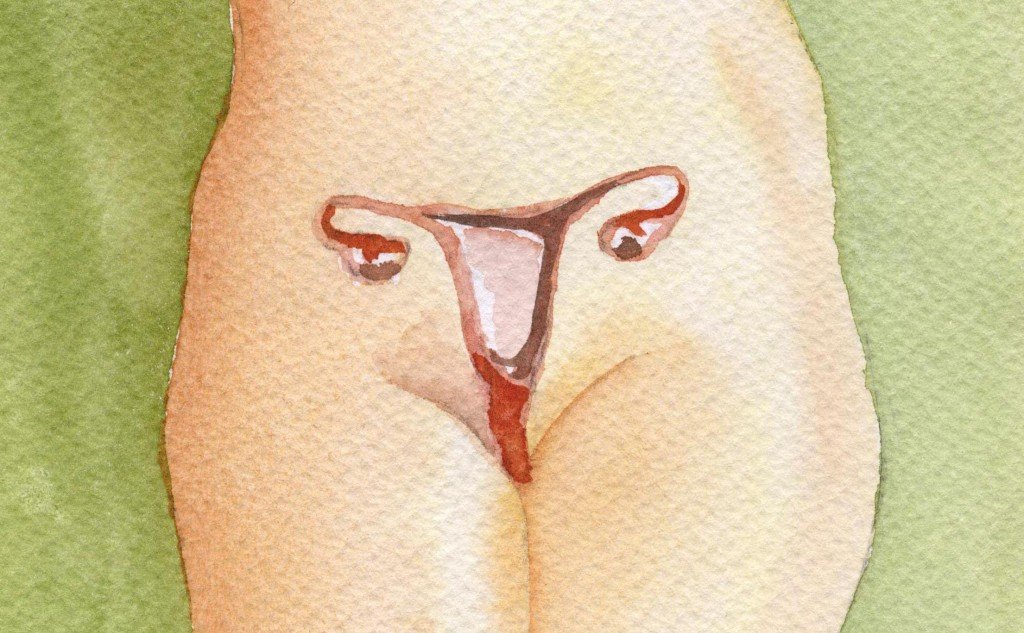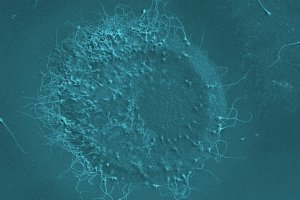
The importance of the Fallopian tubes in fertility
The Fallopian tubes are two, very thin elongated structures measuring around 12 centimetres in length which connect the peritoneal cavity to the uterus. In this external abdominal part, they are in very close contact with the ovaries.
The Fallopian tubes play a vital role or function in human reproduction: in the first instance, they are responsible for suctioning the egg from the ovary each month and later for waiting 24-72 hours for fertilisation. Should this not happen, the egg is simply absorbed. If it is fertilised, the Fallopian tube allows the fertilised egg to travel to the uterus thanks to contractions and to the hair cells lining it. The fertilised egg (or zygote) remains in the Fallopian tube for around 48-72 hours on its journey to the uterus where it will eventually implant the embryo.
In order for a woman’s reproductive capacity to function correctly, the anatomy of Fallopian tubes needs to be intact. In other words, they need to be open both at the uterus and at the end in contact with the ovary. There must not be any inflammatory material, liquid (hydrosalpinx) or blood (haematosalpinx). But it is also important that they are able to function correctly; that they are able to contract, as mentioned above.
The tests which are currently being used in anatomical diagnosis of the Fallopian tubes are a hysterosalpinography and a sonohysterography. The latter is the most recommended option because it is less painful, does not involve the use of contrast and is, furthermore, equally as effective.
Since the Fallopian tubes are in close contact with the peritoneum, they can be affected by both gynaecological pathologies and peritoneal or intestinal pathologies. Obstructions to the Fallopian tubes have been diagnosed following inflammatory illnesses in the pelvis which may have gone undetected or endometriosis which can cause chronic inflammation of the pelvis leading to both a loss of functional capacity and obstruction. Peritonitis can also cause obstruction of the Fallopian tubes.
Obstruction in just one Fallopian tube can limit a woman’s capacity to reproduce. An opportunity to get pregnant is lost each time ovulation takes place in the opposite Fallopian tube with just one opportunity each time ovulation takes place in the contralateral ovary.
In those cases in which functional capacity has been lost, or both Fallopian tubes have become obstructed, the only option available for becoming a mother is to go through in vitro fertilisation treatment since a natural pregnancy or a pregnancy by means of artificial insemination is impossible.
Dr Belén Moliner, gynaecologist at Instituto Bernabeu.
